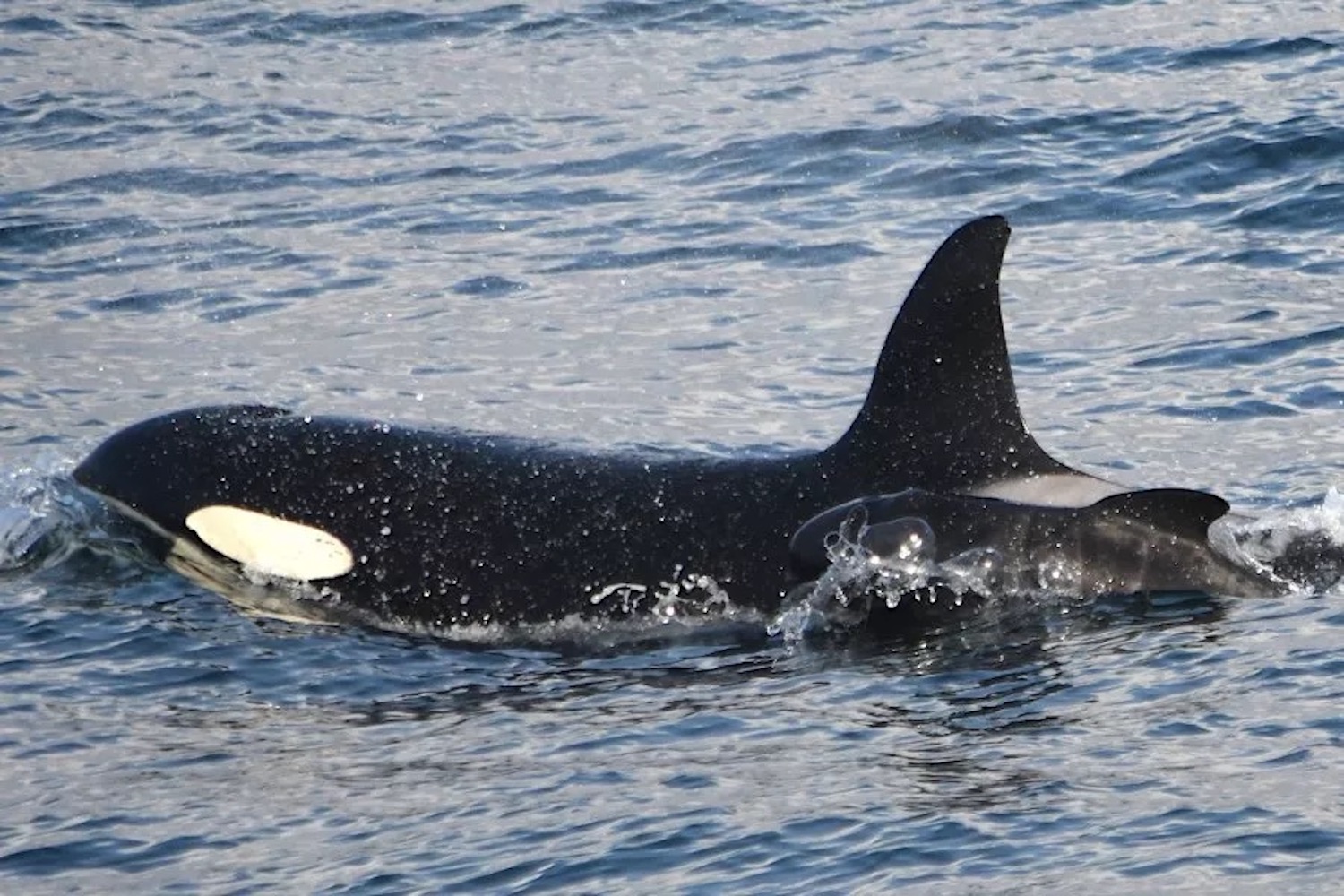Wales Is Planting Underwater Meadows of Seagrass to Restore Ecosystems and Absorb Carbon
A major seagrass planting project is underway in Wales. Here's how seagrass meadows can help save wildlife and cut carbon.

Published
While much of the work to mitigate climate change involves shifting consumerism—reducing emissions, water usage, waste, and more—nature-based solutions provide a sensical and vital means of rehabilitating our environment.
Planting trees, rewilding previously developed land, and championing urban green spaces are among the myriad means of going greener—and in marine ecosystems, that's largely down to seagrass. This month, a planting project in North Wales kicked off efforts to cultivate 25 acres of seagrass meadows by 2026.
Carried off by WWF in partnership with the Project Seagrass, Swansea University, North Wales Wildlife Trust, and Pen Llŷn a'r Sarnau Special Area of Conservation, this seagrass rehabilitation program saw some 50,000 seeds planted last week, with aims of more than five million over the course of the project.
According to WWF Cymru, Wales has lost more than 90% of its seagrass over the course of the last century, largely due to human development and mining.
"It could make a real difference in terms of both absorbing carbon and also of restoring really valuable and important marine habitats," WWF Cymru's Rory Francis told BBC.
How Does Planting Seagrass Help the Planet?

Seagrass plays a vital role in our delicate and multi-layered underwater ecosystems. Seagrass meadows provide a habitat for countless marine creatures and a food source for others—the struggling manatee population, for example. According to WWF, just over two acres of seagrass can provide a home for up to 80,000 fish and more than one million invertebrates.
The aquatic meadows also capture a huge amount of carbon from the ocean—though it only covers 0.2% of the sea floor, seagrass sucks up 10% of the ocean's annual carbon, doing the job 35 times faster than tropical rainforests.
Though this rehabilitation project is currently limited to the UK, states like Florida are working to limit damage to existing grasses. Here's hoping that the efforts in Wales inspire communities and conservationists to get in on the seagrass planting plan—because a global garden could be a major win for climate and wildlife alike.

Just Keep Swimming: An Orca Was Spotted Caring for a Pilot Whale Calf for the First Time
According to a recent study, an orca mother has been spotted caring for a baby pilot whale off the coast of Iceland.

Climate Change Has Caused Extreme Heat in the Oceans, Says Study
A new study found climate change has caused record-high ocean warming, and scientists are begging for this to be a wake-up call for humanity.

7 Reef-Safe Sunscreen Options That Protect Your Skin and Our Oceans
Reef-safe sunscreen is free from chemicals that cause coral bleaching, which affects both marine life and people. Try these safe options.
